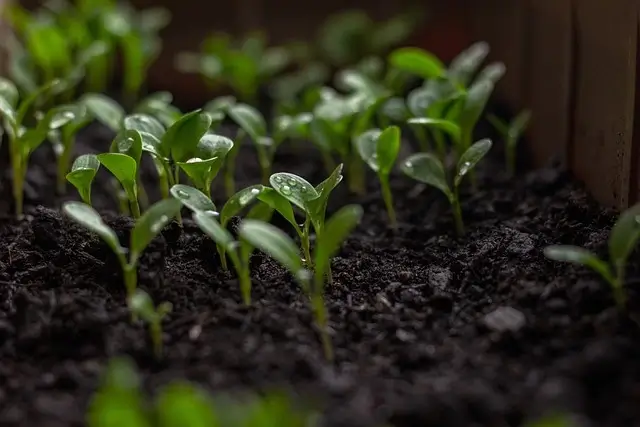- Soil – the foundation of organic farming
- What is soil fertility management?
- Methods to manage soil.
- Conclusion
Soil – The Foundation of Organic Farming
Organic farming is based on the idea that soil is the foundation of a healthy and productive agricultural system. Organic farmers use natural methods to build and maintain soil fertility and health, without relying on synthetic fertilizers and pesticides.
These methods include composting, cover crops, crop rotation, green manures, and other soil-building practices. By maintaining healthy soils, organic farmers are able to grow healthy and nutritious food for the public. Healthy soils also help to reduce water and air pollution, conserve biodiversity, and reduce carbon emissions.
What is Soil Fertility Management?
It means providing nutrients and their management in the soil. Soil fertility management is the practice of maintaining and improving the fertility of the soil to produce healthy and productive crops. This involves optimizing the balance of soil nutrients and improving soil structure and health to create a suitable environment for crop growth.
Soil management is conducted using fertilizers, organic amendments, cover crops, crop rotation, and other soil management practices. By improving soil fertility, farmers can increase crop yields and reduce the need for costly inputs
Some Methods to Manage Soil
Bare fallow
Fallow is an agricultural term used to describe land that has been left uncultivated for a while. This is done to allow the soil to replenish its nutrients and reduce the risk of soil erosion. Fallow land is left for a short period of time or for several years, depending on the farmer’s needs. It is important to note that fallow land should not be left too long, as this will result in soil compaction, which makes it difficult to grow crops on the land in the future.
Crop rotation
Crop rotation is the practice of growing a series of different types of crops in the same area in sequential seasons to preserve soil fertility and mitigate the build-up of pests and diseases. It is used to break pest and disease cycles and also help to maintain soil structure and fertility by alternating deep-rooted and shallow-rooted plants. Crop rotation also provides other benefits such as improving soil organic matter, increasing biodiversity, and reducing erosion.
Cover Crops
Cover crops are crops grown to protect and enrich the soil. They are planted in between larger crops, and act as a form of mulch, providing a protective layer to the soil and adding nitrogen, organic matter, and other nutrients. Some common cover crops include clover, rye, buckwheat, oats, and vetch. They are effective at preventing soil erosion, reducing weed growth, and improving soil fertility.
Crop Diversification
Diversification through rotating crops, reduces the chance of crop insects and diseases developing resistance to a particular crop, as well as preventing inoculum build-up in the soil from the same crop. Rotations also allow farmers to use different pest control methods that may be more effective for different crops and improves soil fertility and water-holding capacity.
Tillage
tillage is any agricultural operation that turns or disturbs the soil, including plowing, rototilling, harrowing, chiseling, and various methods of inversion. Tillage prepares the soil for planting, aerates the soil, and helps reduce weed pressure. It is important to consider the benefits and costs of various tillage practices when developing a crop rotation system.
Tillage improves soil structure by breaking up hardpans, improving water infiltration and drainage, and increasing air circulation. This facilitates better root growth and nutrient uptake by crops.
Conclusion
Soil is an integral part of agriculture thus it is important to maintain the soil for perpetuation. It is the medium in which plants grow and get their nutrients from. Soil is composed of various minerals, organic matter, and organisms, and it is important to maintain a healthy balance of these components in order to ensure a successful crop yield.

